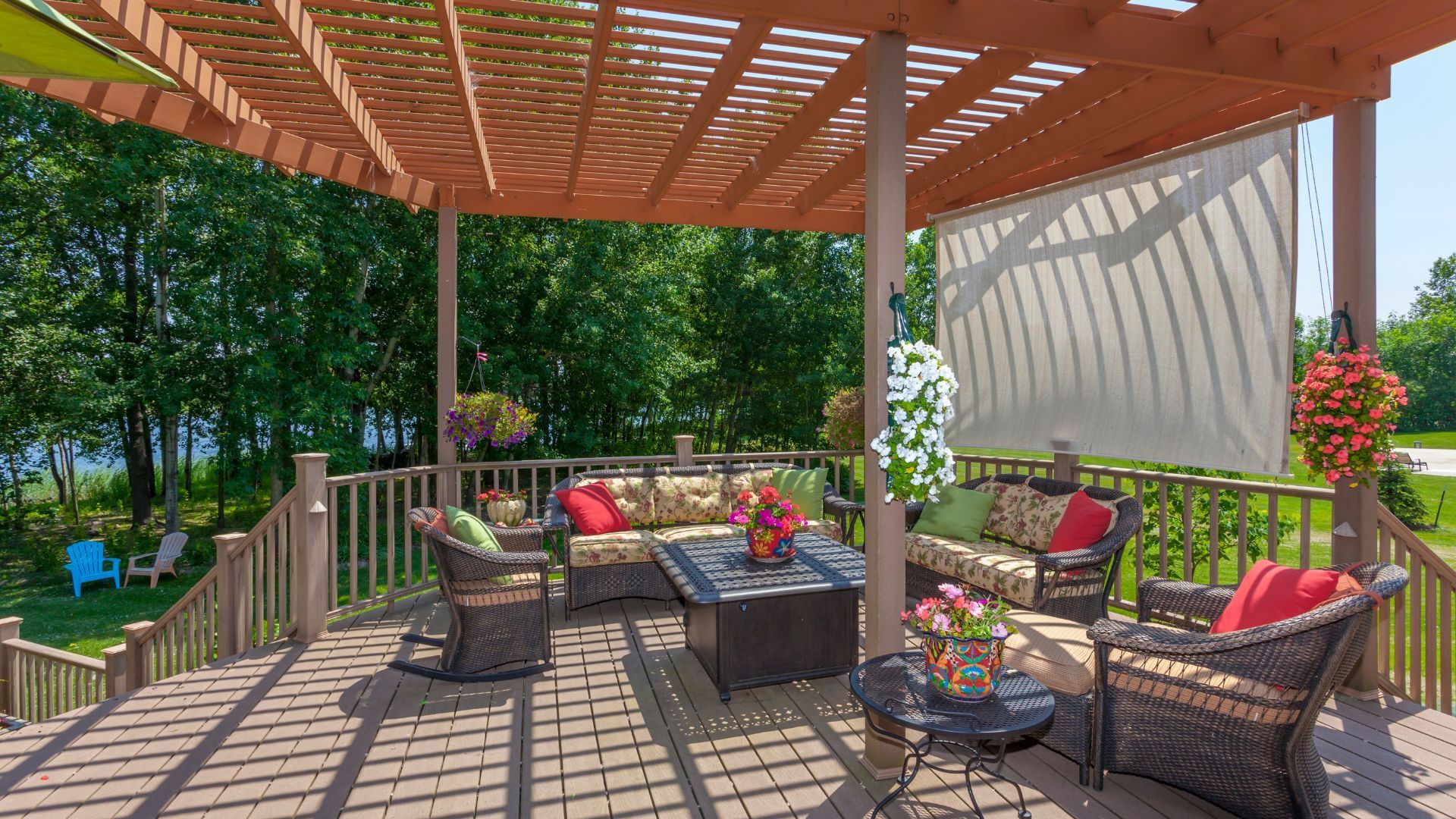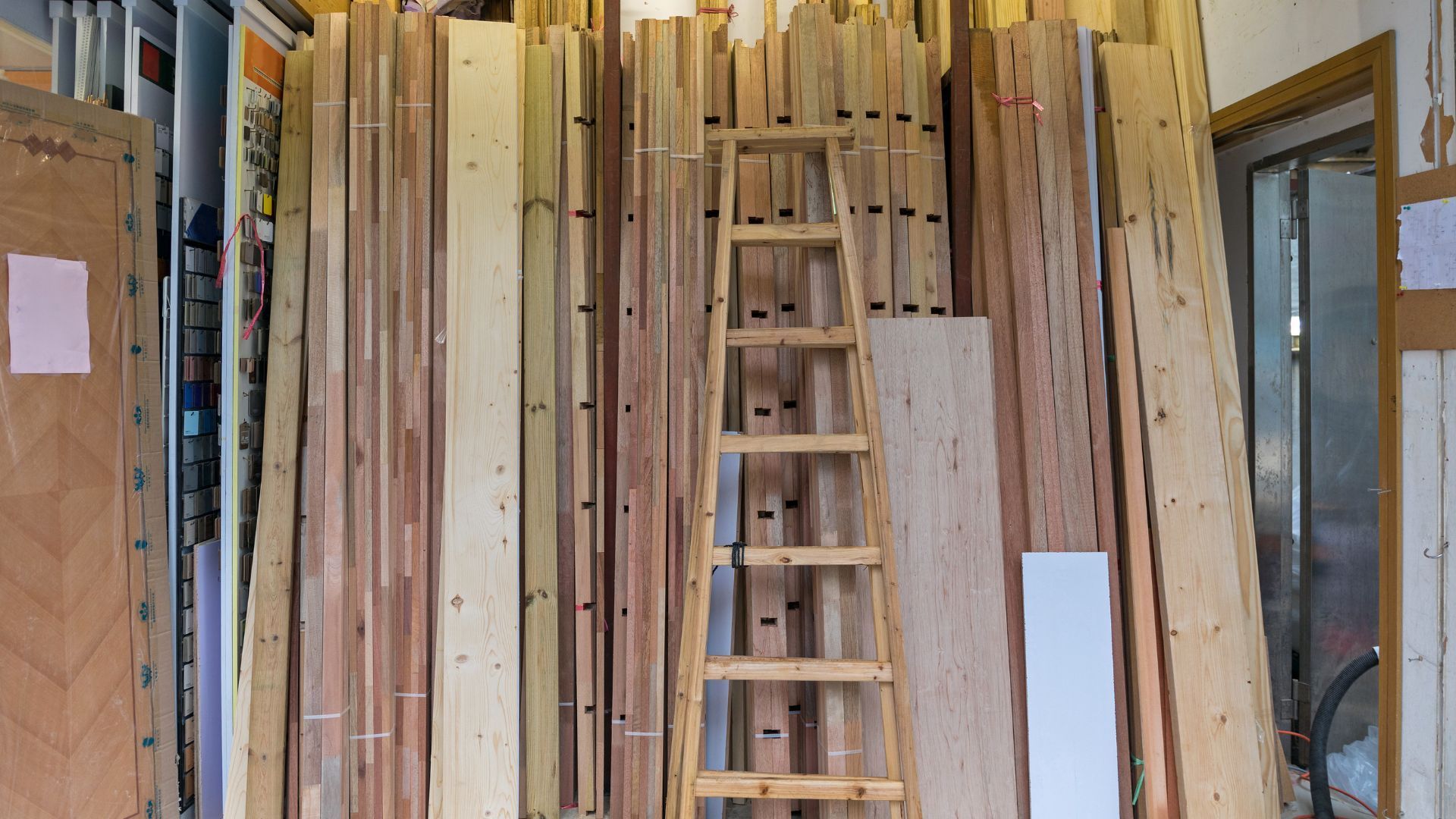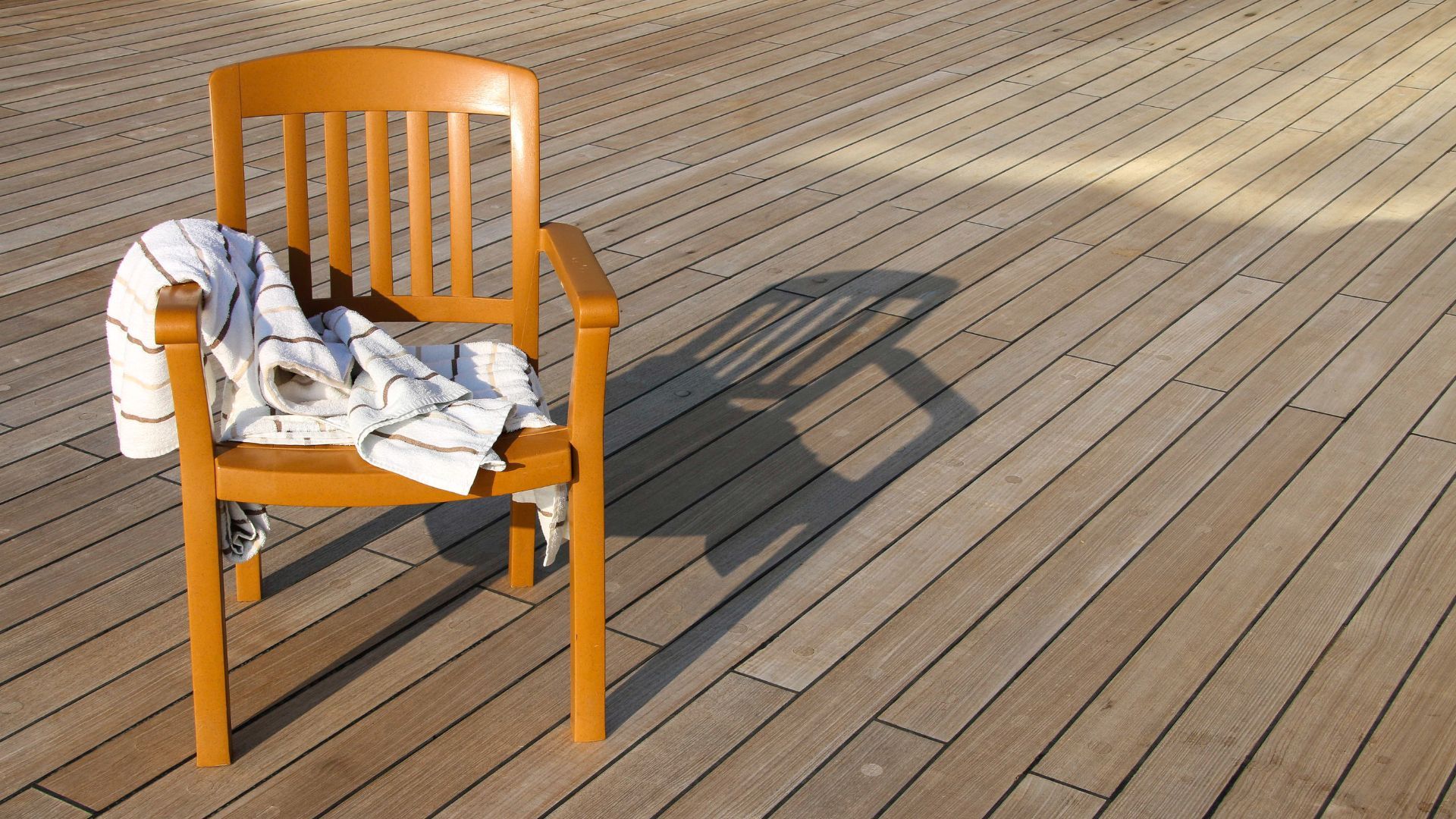How to Integrate Texas Native Plants into Your Lubbock Deck Design
Introducing native Texas plants into your Lubbock deck design is not just a trend; it's a sustainable approach that enhances your outdoor living space while supporting local ecology. At Hub City Deck Pros, we believe that the right greenery can transform your deck into a vibrant, eco-friendly retreat. Here’s how to seamlessly integrate Texas native plants into your deck design in Lubbock.

Understanding the Benefits of Native Plants
Sustainability and Low Maintenance
Native plants are adapted to the local climate and soil conditions, which means they require less water and are more resistant to pests and diseases. This makes them a sustainable choice for your deck area, reducing the need for chemical fertilizers and pesticides.
Attracting Wildlife
Native plants provide essential habitat and food sources for local wildlife, including birds, bees, and butterflies. Incorporating these plants into your deck design can turn your outdoor space into a lively nature haven.
Aesthetic Value
Texas native plants offer a variety of textures, colors, and blooming seasons that can enhance the visual appeal of your deck throughout the year.
Choosing the Right Plants for Your Lubbock Deck
Sun vs. Shade
Evaluate the amount of sunlight your deck receives throughout the day to choose plants that will thrive in those conditions. For sun-drenched decks, consider hardy, drought-tolerant species like Texas sage or purple coneflower. For shadier areas, opt for plants like Turk’s cap or coralberry.
Soil Considerations
While many deck plantings are done in containers, understanding the type of soil in your area can help you choose the right soil amendments for your planters. Lubbock’s typically sandy soil may require additional organic matter to improve water retention for container plants.
Wind Exposure
Lubbock can experience significant winds. Select plants and containers that can withstand these conditions. Sturdy plants like switchgrass or bluestem are well-suited for windy environments.
Incorporating Native Plants into Your Deck Design
Planters and Containers
Using various sizes and styles of containers is an excellent way to integrate native plants into your deck. Containers allow for flexibility in arranging plants and can be moved to suit changing sunlight patterns and aesthetics.
Vertical Gardens
If space on your deck is limited, consider a vertical garden. This can include trellises or wall-mounted planters where vine-like natives such as coral honeysuckle can thrive, adding beauty and privacy to your deck.
Creating Zones
Group plants with similar water and sunlight needs together to create distinct ecological zones. This not only makes maintenance easier but also helps in creating a visually appealing layout.
Maintenance Tips for Deck Gardens
Watering
Even though native plants are generally drought-tolerant, container plants may require more frequent watering than those in the ground. Use a drip irrigation system for consistent moisture, or water manually during cooler parts of the day to reduce evaporation.
Pruning
Regular pruning helps keep plants healthy and looking their best. Remove dead or overgrown branches to encourage growth and maintain the desired shape.
Seasonal Adjustments
Swap out or rearrange plants as seasons change to maintain visual interest year-round. Seasonal blooms can be coordinated to ensure continuous color on your deck.
Conclusion: Bringing Nature to Your Deck
Integrating Texas native plants into your deck design is a rewarding endeavor that beautifies your space and contributes to the local ecosystem. With these tips from Hub City Deck Pros, you can create a stunning, sustainable outdoor living area that reflects the natural beauty of Lubbock.
Call to Action
Ready to transform your deck with beautiful, resilient Texas natives? Contact Hub City Deck Pros today, and let's design a deck that you and local wildlife can both enjoy!
FAQs
What are some low-maintenance Texas natives for a deck garden?
Yucca, salvia, and agave are excellent choices for low-maintenance, drought-resistant plantings.
How often should I fertilize native plants on my deck?
Native plants typically require less fertilizer than non-natives. Fertilize sparingly, ideally with organic compost, once at the beginning of the growing season.
Can native plants survive Lubbock’s winter on a deck?
Many native plants are well-suited to survive winter in containers if they are properly cared for. Consider insulating containers or moving them to a sheltered area during extreme cold.
What native plants attract the most wildlife?
Flowering natives like milkweed and Texas lantana are great for attracting butterflies and bees.
How can I make my deck garden more water-efficient?
Using mulch in your containers and choosing drought-tolerant plants can significantly reduce water usage.



